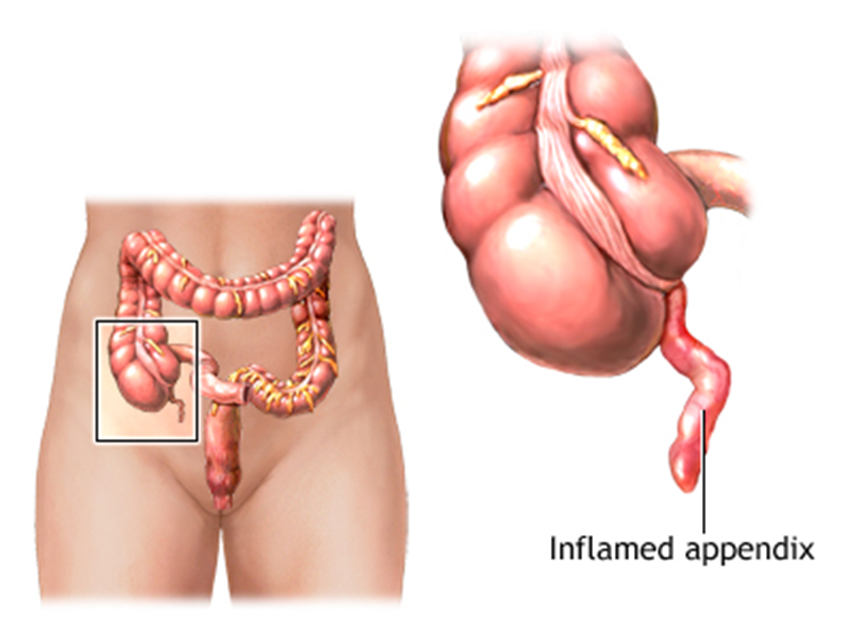A nurse is caring for a child who has a tracheostomy. After suctioning the tracheostomy, which of the following findings should the nurse use to determine that the procedure was effective?
Decreased respiratory rate
Stable oxygen saturation
Clear breath sounds
Pink capillary refill
The Correct Answer is C
Choice A reason: Decreased respiratory rate is not a finding that indicates the effectiveness of suctioning the tracheostomy. A decreased respiratory rate could be a sign of respiratory depression, fatigue, or hypoxia.
Choice B reason: Stable oxygen saturation is not a finding that indicates the effectiveness of suctioning the tracheostomy. A stable oxygen saturation could be maintained even if the tracheostomy is obstructed or infected.
Choice C reason: Clear breath sounds is a finding that indicates the effectiveness of suctioning the tracheostomy. Clear breath sounds mean that the airway is patent and free of secretions, mucus, or blood.
Choice D reason: Pink capillary refill is not a finding that indicates the effectiveness of suctioning the tracheostomy. Pink capillary refill is a sign of adequate perfusion and circulation, but it does not reflect the status of the airway.
Nursing Test Bank
Naxlex Comprehensive Predictor Exams
Related Questions
Correct Answer is A
Explanation
Choice A reason: Pyloric stenosis is a condition in which the muscle at the outlet of the stomach (the pylorus) becomes thickened and obstructs the passage of food into the small intestine. It usually occurs in infants between 2 and 8 weeks of age, and is more common in males. The main symptoms are projectile vomiting after feeding, dehydration, weight loss, and a palpable olive-shaped mass in the right upper quadrant of the abdomen.
Choice B reason: Gastroesophageal reflux is a condition in which the lower esophageal sphincter fails to close properly, allowing the stomach contents to flow back into the esophagus. It is common in infants, especially those who are bottle-fed, and usually resolves by 12 months of age. The main symptoms are regurgitation, spitting up, irritability, and poor weight gain.
Choice C reason: Celiac disease is a condition in which the immune system reacts to gluten, a protein found in wheat, barley, and rye, and damages the lining of the small intestine. It can affect people of any age, but is usually diagnosed in childhood. The main symptoms are diarrhea, abdominal pain, bloating, weight loss, and failure to thrive.
Choice D reason: Lactose intolerance is a condition in which the body lacks the enzyme lactase, which is needed to digest lactose, a sugar found in milk and dairy products. It can affect people of any age, but is more common in adults and certain ethnic groups. The main symptoms are diarrhea, gas, bloating, and abdominal cramps after consuming lactose-containing foods.
Correct Answer is A
Explanation
Choice A reason: This statement indicates a need for clarification, as sodium biphosphate/sodium phosphate is a laxative that can cause bowel perforation in a child with appendicitis. The nurse should question this prescription and avoid giving it to the child.
Choice B reason: This statement is correct, as maintaining NPO status is a standard intervention for a child with suspected appendicitis. It prevents further irritation of the appendix and prepares the child for possible surgery.
Choice C reason: This statement is correct, as monitoring oral temperature every 4 hours is a way to assess for signs of infection and inflammation in a child with suspected appendicitis. The nurse should also monitor for other symptoms such as abdominal pain, nausea, vomiting, and rebound tenderness.
Choice D reason: This statement is correct, as medicating the client for pain every 4 hours as needed is a way to provide comfort and relief for a child with suspected appendicitis. The nurse should use a pain scale to evaluate the effectiveness of the medication and report any changes in the pain level or location.

Whether you are a student looking to ace your exams or a practicing nurse seeking to enhance your expertise , our nursing education contents will empower you with the confidence and competence to make a difference in the lives of patients and become a respected leader in the healthcare field.
Visit Naxlex, invest in your future and unlock endless possibilities with our unparalleled nursing education contents today
Report Wrong Answer on the Current Question
Do you disagree with the answer? If yes, what is your expected answer? Explain.
Kindly be descriptive with the issue you are facing.
